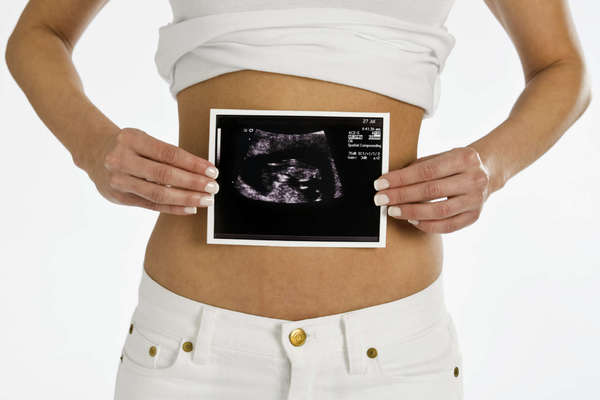
What does my baby look like in the first trimester?
11 Feb 2014 | 4 min Read
Baby Chakra
Author | 501 Articles
So if you’re curious to know what your baby looks like after each month of your first trimester and at the end of 12 weeks, read on!
First month:
The funny part about pregnancy calculations is that the first two weeks since your last period, when you are not even pregnant yet, is counted into the total pregnancy time! Conception occurs only in the beginning of the third week, and your pregnancy technically begins when the sperm penetrates the egg in the fallopian tubes.
Soon after fertilization, the microscopic fertilized egg travels from the fallopian tube down to the uterus, and while doing so, its cells start multiplying. Now, it is a little bundle of cells, and you can imagine it like a little raspberry. By the time this group of cells reaches the uterus, it will have separated into two parts, and is known as the blastocyte. The cells on the upper layer will develop into the membranes that will protect the embryo. The embryo is formed from the inner group of cells. When the blastocyte touches the wall of the uterus, it gets implanted in it, and continues to grow.
At the end of the first month, the embryo has eyes (not developed yet) in a stubby face, and a body with a long tail-like structure. It is ensconced in an amniotic sac filled with fluid that cushions the embryo. The whole thing is about the size of a grain of rice now.
Second month:
This is the embryonic period. The tail starts disappearing, and the baby takes a C-shaped, curled-in position. At this stage, the head starts getting defined, and the facial features develop. The eyes become large, and little folds form on either side of the face, which later develop into external ears. Nostrils also start forming. Little buds appear on the body, which then develop into arms and legs. The fingers and toes also start forming, but are still fused together. The umbilical cord is formed. The vital organs start developing. Blood circulation also starts, and you can hear the baby’s heartbeat in the middle of the second month through an ultrasound.
The head is large, about one-third the size of the whole body. The embryo at the end of the second month is approximately the size of a bean.
Third month:
The baby’s arms and legs are clearly defined now. The toes and fingers are also well-formed, and the baby can move its fingers, and ball its fists. It can even open and close its mouth, and suck its thumb! Fingernails and toenails form. Hair also starts to develop. The external ears are formed well, but are not in the correct position on the head yet. The eyelids form, but are fused shut, and don’t open until much later into the pregnancy. The head uncurls from the body, and the chin and neck start developing, separating the head and trunk, and making them well-defined now. The cartilage in the baby’s body ossifies, and turns into bone. The baby’s genital organs also start forming, but they cannot be identified yet in an ultrasound. The vital organs – the intestines, kidneys, liver, lungs, and brain are almost fully developed and even start functioning.
The vocal chords are formed. The baby can even sense pain now. By the end of the third month, the foetus looks quite like a fully-developed human baby, though its head is still much too large. Its profile can also be seen quite clearly. It is the size of a small fruit now.
The development of a functioning, developing, human baby from a single fertilized cell is quite a remarkable thing to happen in three months. The way the baby looks at the end of each month, and the drastic difference between how the baby looks each month is a testimony to what breath-taking changes are going on in your body!
Explore the entire collection of articles: Baby Growth Milestone
If you are reading this article on our website and have an Android phone, please download our APP here for a more personalised experience based on your lifestage.
A


Suggestions offered by doctors on BabyChakra are of advisory nature i.e., for educational and informational purposes only. Content posted on, created for, or compiled by BabyChakra is not intended or designed to replace your doctor's independent judgment about any symptom, condition, or the appropriateness or risks of a procedure or treatment for a given person.
